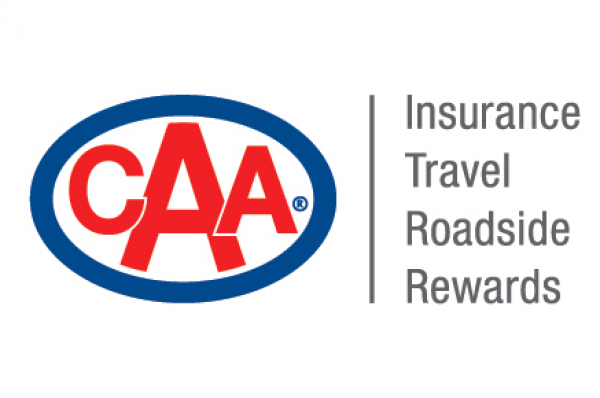CAA South Central Ontario ( CAA SCO) is reminding all motorists and pedestrians to stay alert as daylight saving time ends at 2 a.m. on Sunday, November 1. The return to standard time means fewer daylight hours and reduced visibility for all road users.
“We know that typically, in November, there is a spike in collisions between motorists and pedestrians. Road safety and pedestrian safety are a shared responsibility. Taking precautions and being aware of other road users helps us all arrive at our destinations safely,” says Raymond Chan, manager of government relations, CAA SCO.
While pedestrian incidents increase every year at this time, the latest research indicates the potential for harm is even higher today due to COVID-19.
Earlier this year, CAA SCO conducted a study of 1500 Ontario licenced drivers that found, because of COVID-19, people are most comfortable driving their vehicles, walking or cycling to get around over the coming months. The study also found that:
- Respondents were more likely walking one to three times a week before the pandemic but are more likely to walk four to seven times per week during the pandemic.
- These numbers are in line with a CAA National survey that also found 30 per cent of cyclists increased their activity.
“Our study also showed that not yielding to cyclists/pedestrians and drivers running stop signs or red lights were the most reckless driving behaviours seen within city limits during the pandemic," says Chan. "We are facing additional challenges this year. Physical distancing means pedestrians may step out onto the road to keep their distance from others or may take longer to cross at intersections. It is important now more than ever to remind road users to follow the rules of the road and be patient."
What motorists can do to stay safe:
- Always look for pedestrians crossing the road. Be alert and attentive while driving and yield to pedestrians who are stepping on to the road to maintain physical distancing.
- Mind your blind spots. Be aware of blind spots when making turns at intersections.
- Stay focused and vigilant behind the wheel. Avoid distractions inside and outside of your vehicle.
- Slow down in school zones. Reduce your speed and obey speed limits in school zones and residential neighbourhoods.
- Prepare for the unexpected. Residential streets and school zones have different types of obstacles, such as children playing outdoors, riding bikes, skateboarding, etc.
- Be cautious and considerate. Be alert around stopped transit vehicles and be courteous to pedestrians with different mobility needs that may require more time.
- Use your lights. Motorists should use their full lighting system when it gets dark and in low visibility situations.
What pedestrians can do to stay safe:
- Be careful when physical distancing on the sidewalk. Try to avoid stepping out onto road and if you end up stepping on the road, ensure there are no vehicles in the lane.
- Always be aware of your surroundings. Avoid distractions and be alert while crossing the street and stepping onto the road.
- Follow the flow. Follow signals and cross at designated locations or crosswalks.
- Stop, look, and listen. Ensure all traffic has come to a complete stop before crossing the road.
- Keep an eye out. Make eye contact with motorists—never assume that drivers can see you or know your intentions.
- Be visible. Pedestrians should wear bright or reflective clothing or accessories at night to help with visibility.
Additionally, motorists should take extra caution on Halloween as some regions could have trick or treaters and they may have the added visual restrictions of wearing a mask or face shield.
CAA SCO is offering free reflector tags at CAA Stores that can be attached to backpacks and jackets. Find your nearest CAA Store here and stop by to get up to four free tags per family.





